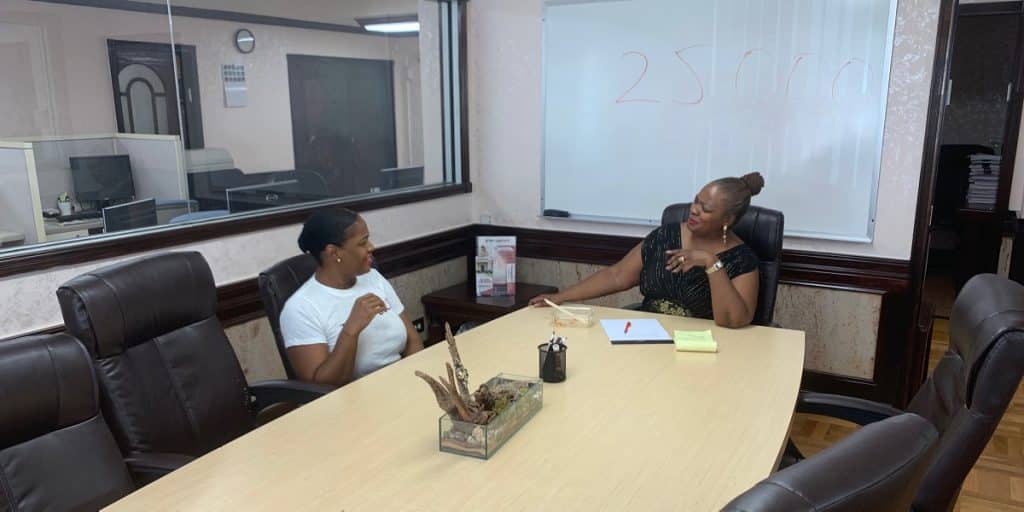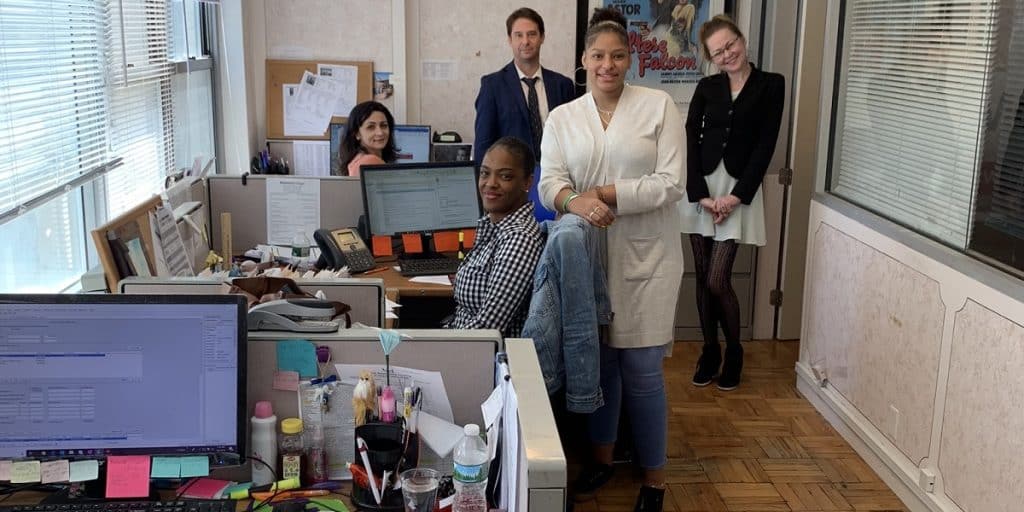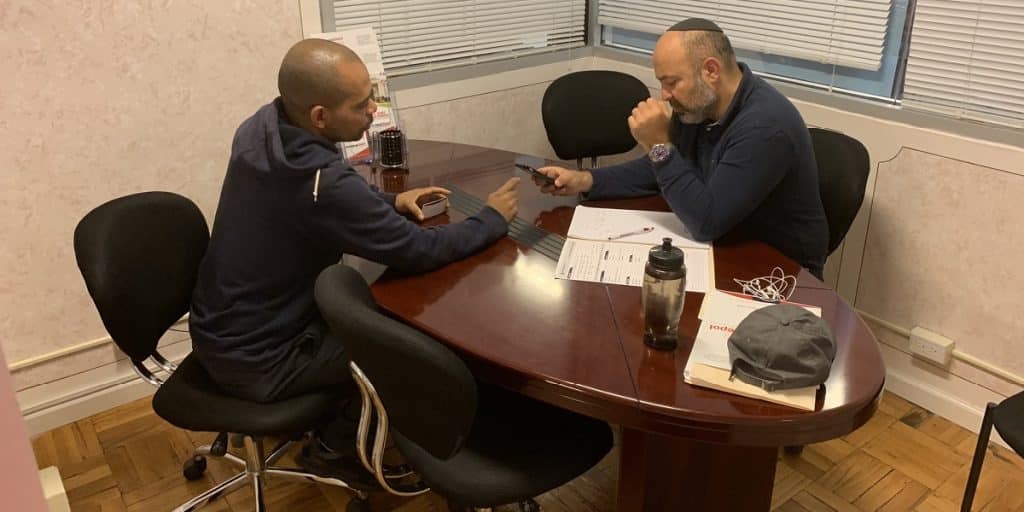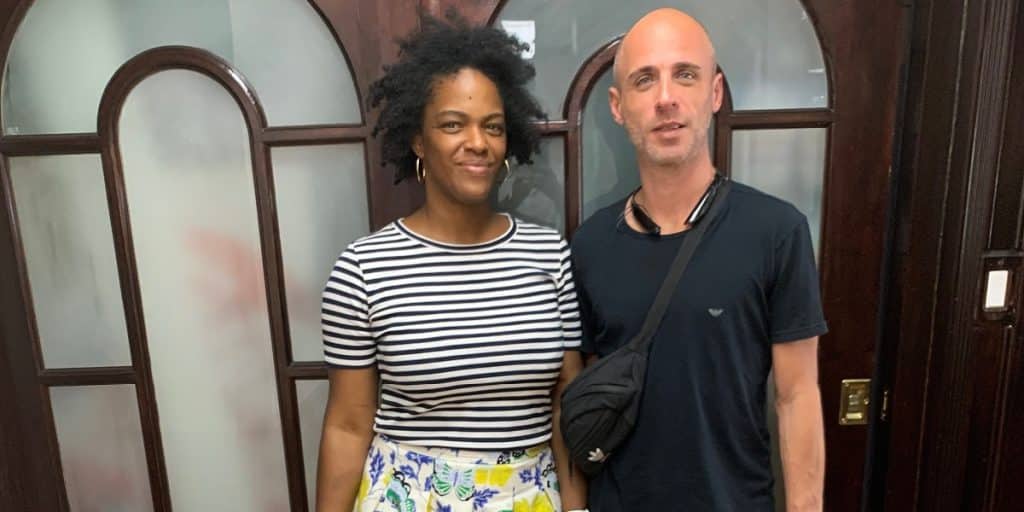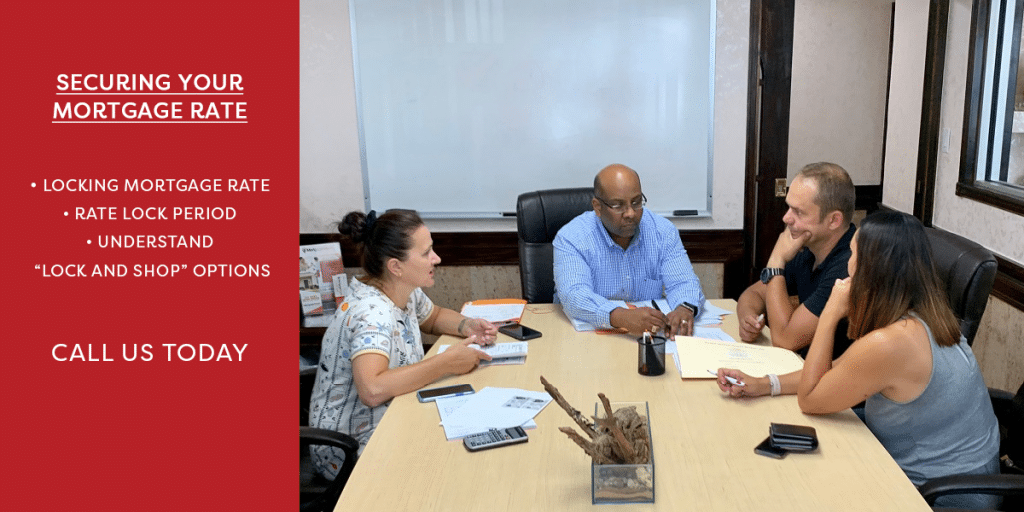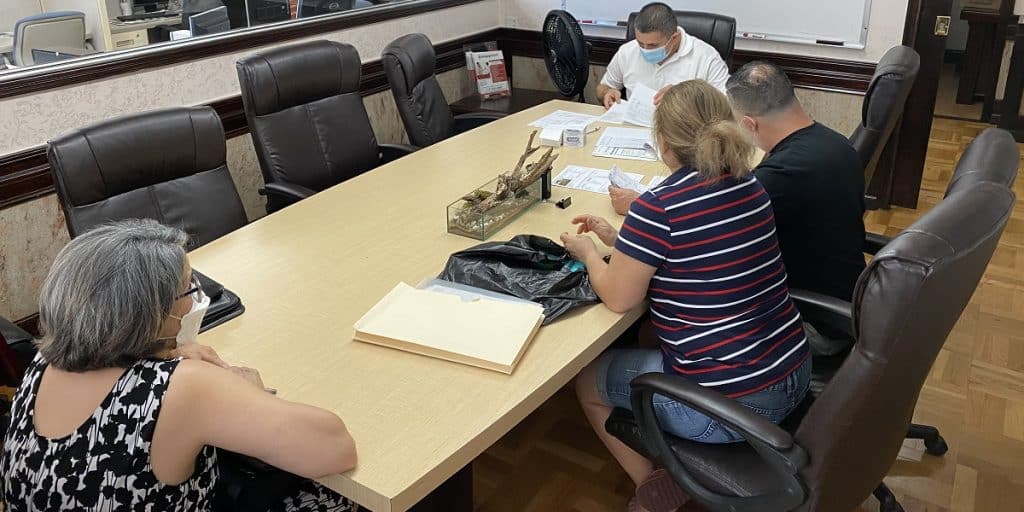
Each home loan and refinance transaction comes with closing costs, which can be a daunting hurdle if you’re low on the cash required to close on that mortgage. Fortunately for homebuyers and those seeking to refinance, many lenders offer a no-closing-cost mortgage option, by having the expense rolled into the loan balance or by having it padded into your interest rate, instead of paid in a one time, lump sum payment on closing day.
How much are mortgage closing costs?
Every homebuyer wants and needs to know: How much money do you need to buy a house? The answer is likely more than you expect, because it’s easy to overlook closing cost. Closing costs typically range between 1 to 4 percent of your loan amount.
The amount you that you may be charged for closing costs will vary based on its location, the price of your home and the amount of your loan. Depending on the final percentage, say for instance, if you were to borrow a $300,000 loan, for example, your closing costs could range any where from $3,000 to $12,000.
Practically everyone has to pay for closing costs, which include charges for essential services expenses like the licensed home inspection, appraisal, title fees, deed or mortgage registration taxes, recording fees, and loan fees that cover things like filing, underwriting, processing and loan origination.
What exactly is a no-closing-cost mortgage?
Instead of paying these combined costs all at once when you close, you could opt for a no-closing-cost home loan. A no-closing-cost mortgage is one in which you aren’t required to pay closing costs upfront. But you’ll still be responsible for these fees. The only difference is that, under a no-closing-cost mortgage, your lender will either add those fees onto your principal balance or choose the option of charging you a higher interest rate on the loan to cover those closing costs.
How no-closing-cost mortgages work
Clearly, you can’t get around paying for closing costs (there are very few exceptions), but you can avoid having to pay them all upfront on closing day with a no-closing-cost mortgage. If the lender agrees, option A involves rolling those combined costs into your loan balance. Let’s assume you’re seeking to borrow $250,000, and your closing costs total $8,000. That means you’ll actually borrow $258,000.
And if the lender agrees to it, option B involves paying a higher interest rate on your loan. Let’s say that you qualified for a 30-year mortgage at a fixed rate of 3.5 percent. The lender may offer to up your interest rate to 4 percent (50 basis points higher) to cover your closing costs. With either of these choices, you will not pay the closing costs out of your bank account at closing. But you will still pay for these closing costs over the life of your loan. Most lenders will offer no-closing-cost mortgages, so if your preferred lender doesn’t, contact MortgageDepot to see what your options are elsewhere.
Pros and cons of a no-closing-cost mortgage
Carefully weigh the pluses and minuses of considering a no-closing-cost mortgage. The pros include not having to pay those additional fees with liquid funds. There’s also the convenience of having your closing costs divided among your mortgage payments over the life of your loan.
Another plus: You won’t need to bring as much cash to closing.
The downside is that you’ll probably be getting a less-attractive loan than you otherwise would if you were willing or able to pay for closing costs. You’ll likely pay more interest over your loan’s term, depending on how long you stick with that loan.
- Case in point: Using the previous scenario, if you borrow $250,000 over 30 years at a 3.5 percent interest rate and pay your $8,000 closing costs out of pocket on closing day, the total cost of your mortgage (not including closing costs) would be $404,309.
- However, if you choose to roll your closing costs into your interest rate (going from 3.5 to 4 percent), your total loan costs over 30 years would be $429,853.
- The math is clear, you will have paid $25,544 extra in interest — much more than the $8,000 closing cost lump sum.
Is a no-closing-cost mortgage is right for you?
A no-closing-cost mortgage is generally best for those who don’t plan to stay in their home for long, and potentially those without immediate access to cash. If you don’t plan to live in your house for more than five to seven years, and you want to lessen your upfront costs, a no-closing cost mortgage could be the way to go But if you have minimal liquid funds available but you have high income and low debts, you may be able to actually benefit from a no-cost financing option.
However, it’s wise to explore other alternatives before committing to this strategy.
If you’re a homeowner that’s refinancing, it may be beneficial to use your home’s equity to cover your closing costs. This allows you to borrow against your home instead of using your liquid assets to cover costs.
If you’re purchasing a home, you can also try to negotiate your closing costs and ask the seller to pay for all or a portion of them.
As the potential buyer, you can offer a slightly higher price than the asking price. If the seller feels as if they’re getting more out of the transaction, and while you’re paying a little more than the asking price, you can preserve your low interest rate with the negotiation strategy and avoid paying more in interest over the length of your loan’s term.
You can also request that your lender pay some or all of the closing cost fees, as well.
Some mortgage brokers may be able to sweeten your loan package by sacrificing some of their commission and paying some of the costs associated with the loan. Or they may require that you use their one of preferred vendors or lending partners, like a title company they may partner with.
There are advantages and disadvantages to pursuing no-closing-cost home loans, and not everyone is a good candidate for this strategy. Ultimately, choose a mortgage option that’s best for your circumstances after determining the short- and long-term financial costs.
Look into mortgage choices that you’re comfortable with and that you can afford. It’s critical to think ahead and make a decision that best suits your unique financial situation.
Contact one of our loan consultants to learn more about this program.
Have questions or need help?
Call us now at 800-220-LOAN
Request a call back or email us your questions!



